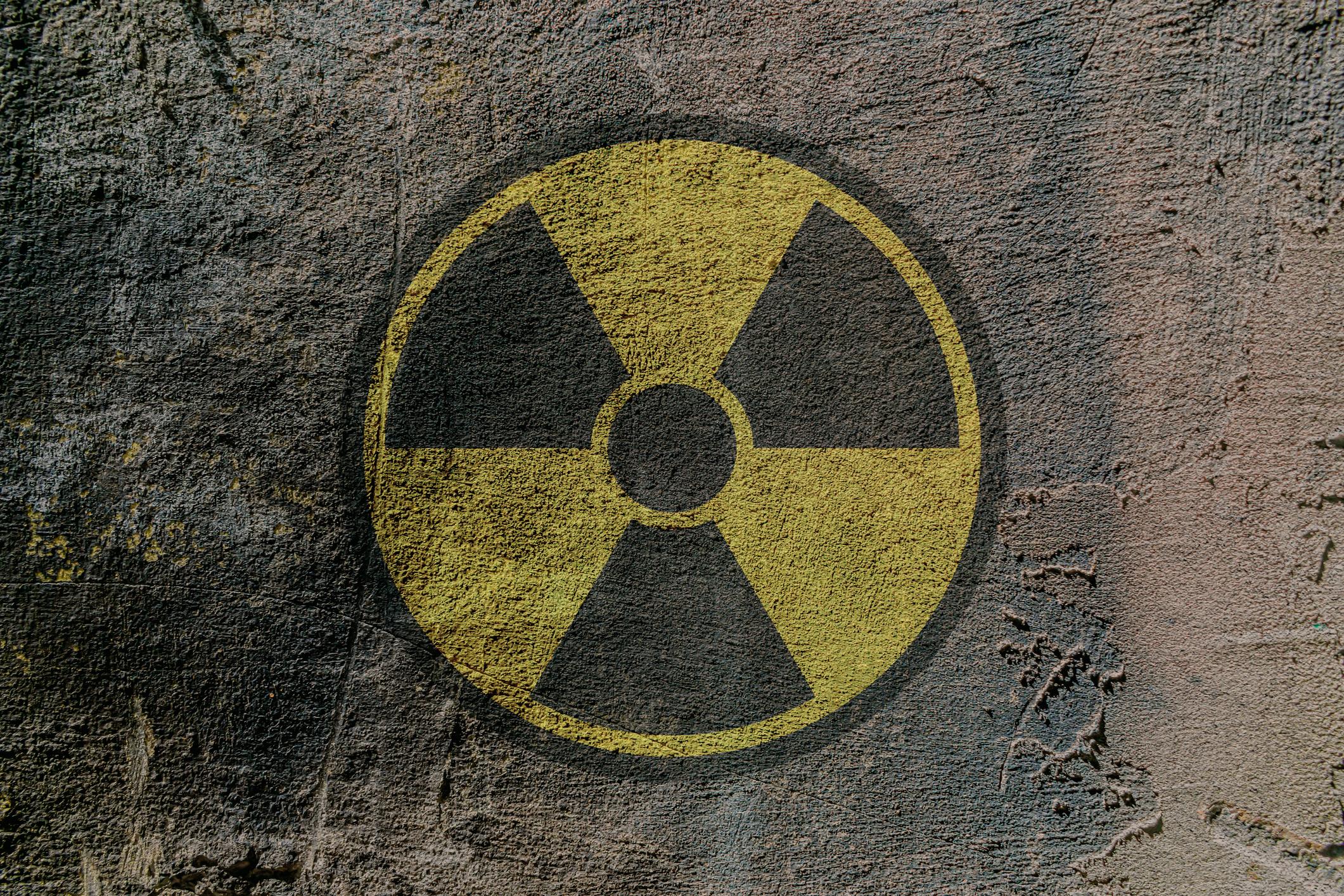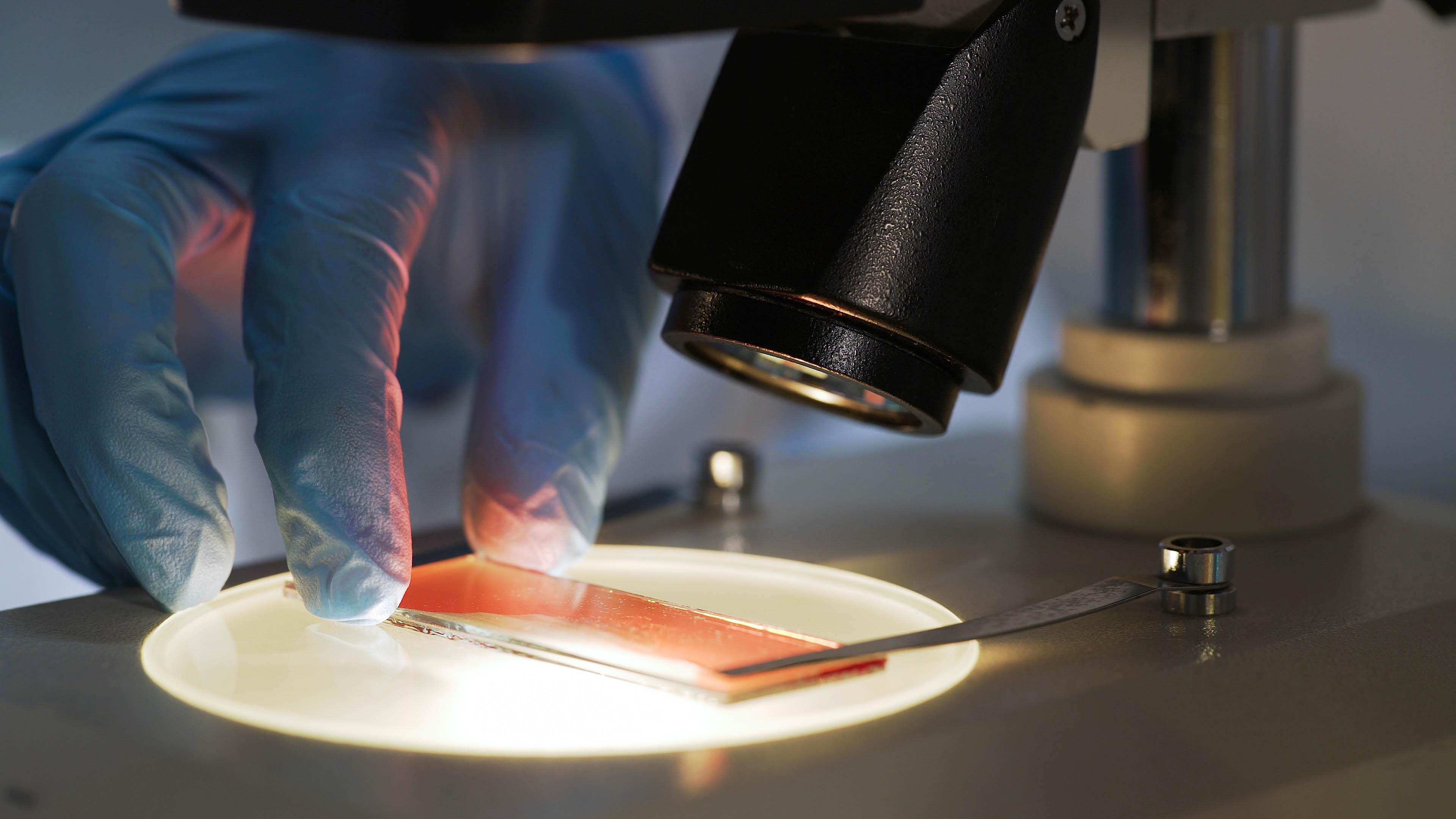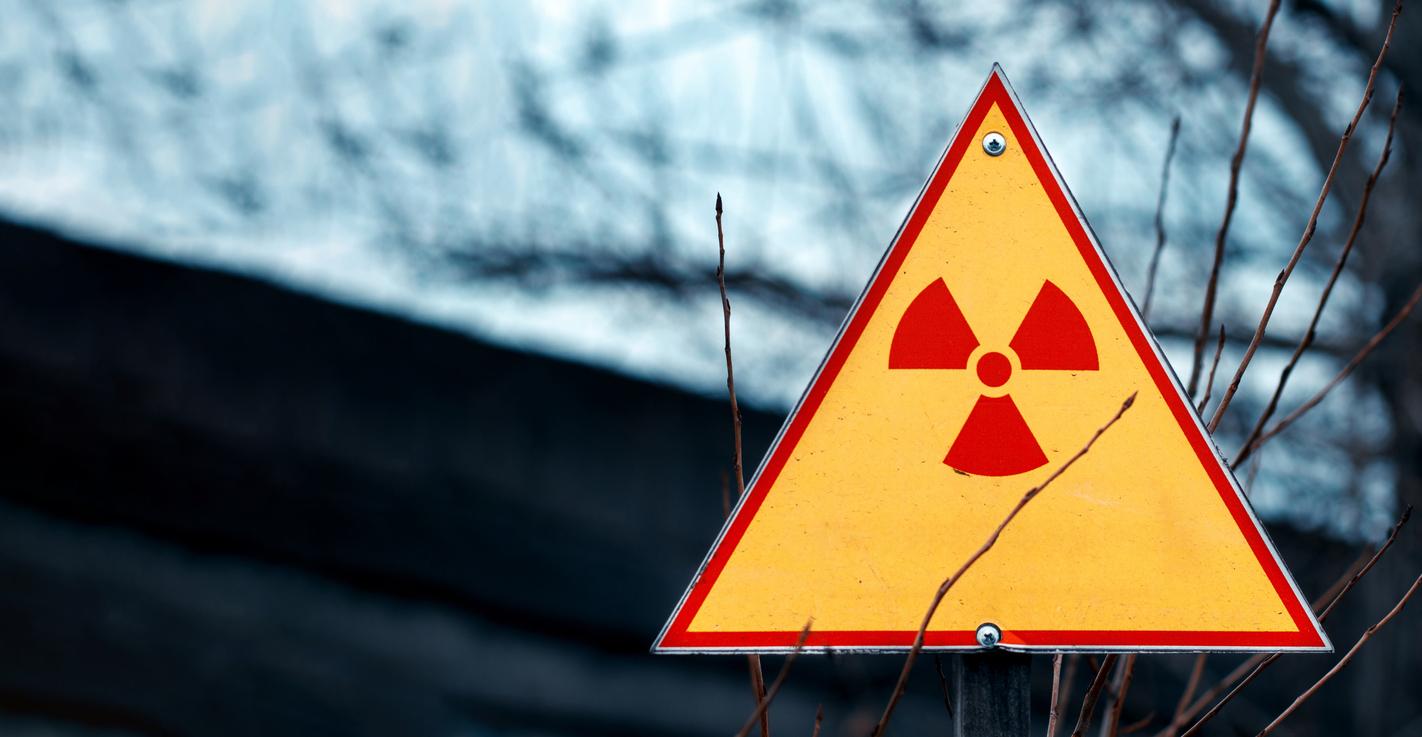In the United States, a clinical trial in humans will soon begin to test the tolerance of an oral drug, which could be used in the event of radioactive contamination.

- We speak of internal radioactive contamination when radioactive elements are absorbed by the injured skin, inhaled or ingested.
- A clinical trial should soon begin in the United States, in order to test an oral drug, intended to fight against radioactive contamination.
- This oral capsule could effectively remove many radioactive contaminants like uranium, neptunium, as well as plutonium.
In the midst of the conflict between Russia and Ukraine, Russian President Vladimir Putin has repeatedly resorted to nuclear blackmail to scare his opponents. On Saturday March 25, he notably announced the deployment of “tactical” nuclear weapons on Belarusian territory, close to the European Union.
Nuclear exposure: a drug developed to prevent radioactive contamination
Faced with nuclear threats, the scientific community is working to develop treatments that eliminate radioactive contaminants from the body. May 15, the National Institutes of HealthUS government institutions, announced the start of a clinical trial to test an oral drug, called HOPO 14-1, which could be used during a nuclear attack or explosion.
As a reminder, internal radioactive contamination occurs when radioactive elements are absorbed by injured skin, inhaled or ingested. When they disintegrate, the atoms of radioactive elements emit ionizing radiation which can damage DNA, tissues and organs. To prevent the risk of complications, it is necessary to eliminate them from the body as quickly as possible.
A capsule effective against uranium, neptunium, plutonium
As part of the US trial, which will take place at a site in Plymouth, Michigan (USA), 42 participants aged 18 to 65 have been recruited. They will be divided into seven groups of six people. Volunteers in the first group will receive a 100 milligram (mg) dose of the drug HOPO 14-1. Subsequent groups will receive increasingly higher doses of the treatment, up to 7,500 mg in the final group, if lower doses are deemed safe.
Following administration, subjects will be carefully monitored for 14 days to measure absorption, distribution and elimination of the drug. The results will then be published in 2024.
In the United States, the Food and Drug Administration (FDA) has already approved two products intended for the elimination of internal radioactive contamination, which are injected intravenously. They eliminate three radioactive elements: plutonium, americium and curium. “HOPO 14-1 was formulated as an oral capsule, which would be easier to store, deploy and administer in an emergency unlike an intravenously administered drug. Preclinical research has shown that HOPO 14-1 can effectively remove many radioactive contaminants, including uranium and neptunium, as well as plutonium, americium and curium.”noted the researchers.















